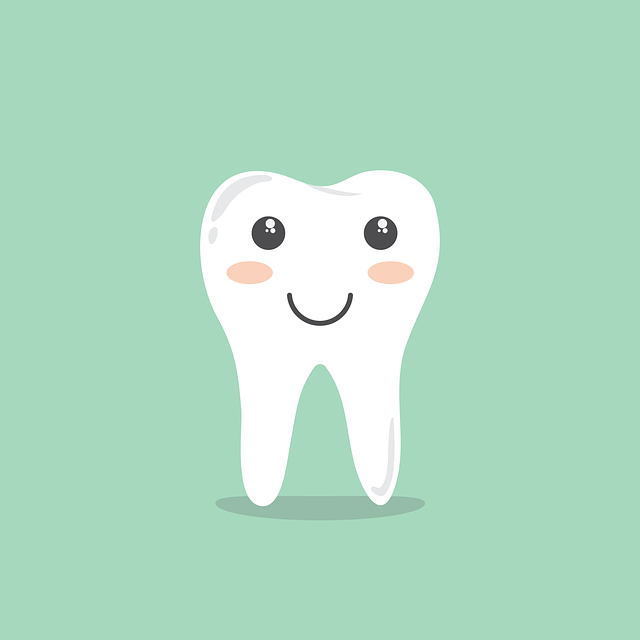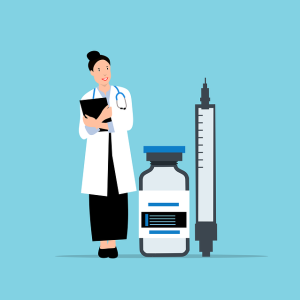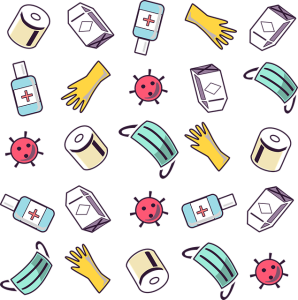
Enhancing Healthcare Communication: The Role of Medical Icons in Graphic Design
In the realm of graphic design, where every pixel counts, and every visual element serves a purpose, the significance of medical icons collection cannot be overstated. These small yet mighty symbols play a crucial role in enhancing healthcare communication, bridging the gap between complex medical information and the general audience. From websites and mobile apps to informational pamphlets and medical devices, medical icons serve as visual cues that simplify information, improve user experience, and ultimately contribute to better healthcare outcomes.
Understanding the Power of Visual Communication
Visual communication is a universal language that transcends barriers of literacy and language proficiency. In the context of healthcare, where conveying critical information accurately and efficiently is paramount, visual elements such as icons become invaluable tools. Medical icons distill complex medical concepts and procedures into easily recognizable symbols, allowing patients, caregivers, and healthcare professionals to quickly grasp essential information at a glance.

Simplifying Complexity
Medical information can be daunting, especially for those without a medical background. Complex terms, procedures, and conditions can overwhelm patients and impede their understanding of their health status or treatment options. Here, medical icons step in as visual aids that simplify complex ideas. Whether representing anatomical structures, medical procedures, or prescription instructions, icons break down information into digestible visual components, making it easier for individuals to comprehend and retain crucial details.
Also, check money icons collection and money icons pack.
Enhancing User Experience
In the digital age, where user experience (UX) is paramount, the role of medical icons becomes even more pronounced. In healthcare apps and websites, intuitive navigation and clear communication are essential for fostering engagement and ensuring user satisfaction. Medical icons serve as navigational signposts, guiding users through complex interfaces and helping them locate relevant information efficiently. By integrating carefully crafted icons into the design, UX designers can create intuitive interfaces that empower users to navigate healthcare platforms with ease and confidence.
Promoting Health Literacy
Health literacy, defined as the ability to obtain, process, and understand basic health information, is a critical determinant of health outcomes. Medical icons play a vital role in promoting health literacy by making health-related information more accessible and comprehensible to diverse audiences. By leveraging universally understood visual symbols, healthcare providers and educators can bridge language and literacy gaps, empowering individuals to make informed decisions about their health and well-being.
Cultivating Trust and Confidence
In healthcare, trust is fundamental. Patients place their trust in healthcare providers and systems to deliver accurate information and quality care. Effective communication, facilitated by well-designed medical icons, plays a key role in cultivating trust and confidence among patients. Clear, visually appealing graphics instill a sense of professionalism and reliability, reassuring patients and caregivers that they are in capable hands.
Conclusion
In the realm of graphic design, medical icons are indispensable tools for enhancing healthcare communication, simplifying complexity, and fostering health literacy. From simplifying complex medical concepts to enhancing user experience and promoting trust, these small yet powerful symbols play a significant role in improving healthcare outcomes and empowering individuals to take control of their health. As technology continues to advance and healthcare becomes increasingly digitized, the importance of thoughtful and purposeful medical iconography in graphic design will only continue to grow.
Innovations in Medical Icon Design
As technology advances and design trends evolve, the field of medical iconography continues to undergo innovations aimed at improving communication and user experience in healthcare settings. One notable trend is the adoption of interactive and animated icons in digital platforms. Interactive icons allow users to engage with content dynamically, enhancing comprehension and retention. For example, a clickable icon demonstrating proper inhaler technique can provide users with step-by-step instructions in a visually engaging manner, promoting better adherence to treatment regimens.
Another emerging trend is the integration of augmented reality (AR) and virtual reality (VR) technologies into medical icon design. AR and VR applications offer immersive experiences that simulate medical procedures, anatomy, and health conditions in realistic 3D environments. By incorporating AR-enabled icons into educational materials and patient resources, healthcare providers can offer interactive learning experiences that enhance understanding and engagement.
Furthermore, advancements in data visualization techniques have led to the development of dynamic and interactive infographics featuring medical icons. These infographics combine static icons with animated elements and interactive features to convey complex health data in a visually compelling format. For example, a dynamic infographic tracking the spread of infectious diseases could use animated icons to illustrate transmission routes and disease hotspots, helping viewers grasp patterns and trends more effectively.

In addition to technological innovations, the field of medical icon design is also influenced by cultural and societal shifts. With increasing recognition of the importance of diversity and inclusivity in healthcare, there is a growing demand for medical icons that represent diverse patient populations. Designers are creating icon sets that feature a range of skin tones, body types, and cultural backgrounds, ensuring that healthcare communication is inclusive and accessible to all individuals, regardless of their identity or background.
Moreover, the COVID-19 pandemic has spurred the development of new medical icons related to public health and infectious disease control. Icons depicting protective measures such as mask-wearing, hand hygiene, and social distancing have become ubiquitous symbols in public health campaigns and educational materials worldwide. These icons serve not only to convey important health messages but also to reinforce behavioral norms and promote collective action in response to public health crises.
Looking ahead, the future of medical design holds exciting possibilities for innovation and collaboration across disciplines. By leveraging cutting-edge technologies, embracing diversity and inclusivity, and adapting to evolving communication needs, designers can continue to elevate the role of medical icons in healthcare communication and empower individuals to make informed decisions about their health and well-being.
In conclusion, medical icons are indispensable tools for enhancing healthcare communication, simplifying complexity, and promoting health literacy. From traditional static icons to interactive and animated designs, medical iconography continues to evolve in response to technological advancements and changing societal needs. By harnessing the power of visual communication, designers can contribute to better health outcomes and improve the overall patient experience in healthcare settings.
Also, check the science icons collection and science icons pack.